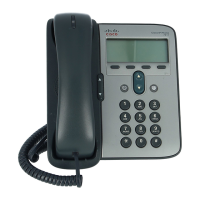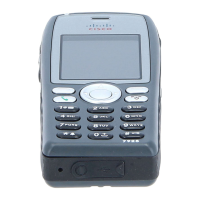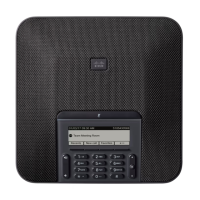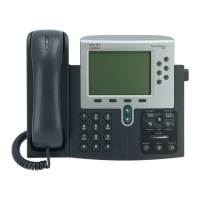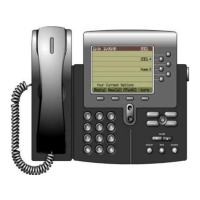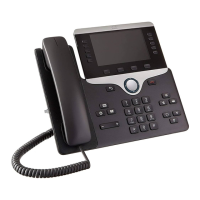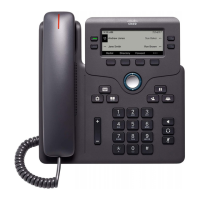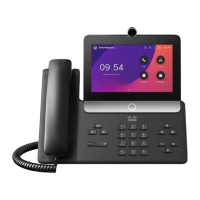Why can't I hear a dial tone on my Cisco 7911G - VoIP IP Phone?
- Jjulia36Jul 26, 2025
If you cannot hear a dial tone or complete a call on your Cisco IP Phone, ensure that you log into the Extension Mobility service. Also, if you are using an SCCP phone, you may need to enter a client matter code (CMC) or forced authorization code (FAC) after dialing. Finally, check if your phone has time-of-day restrictions that prevent you from using some features during certain hours.
